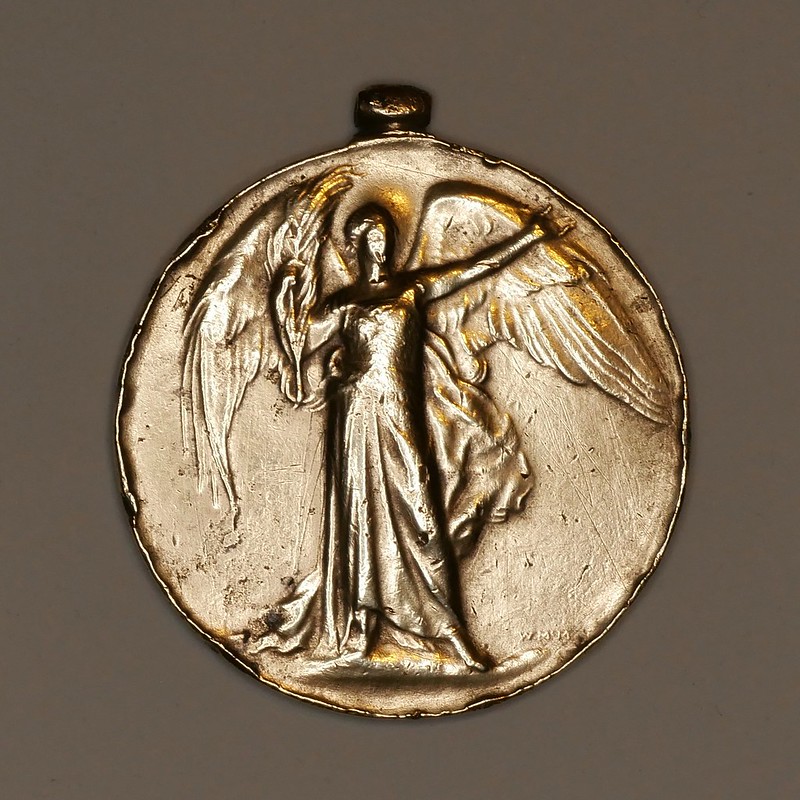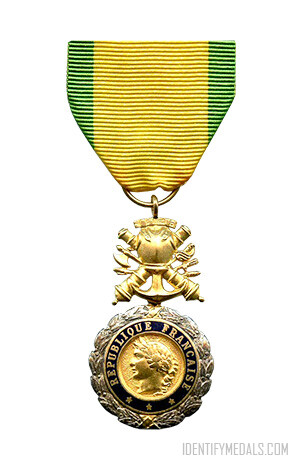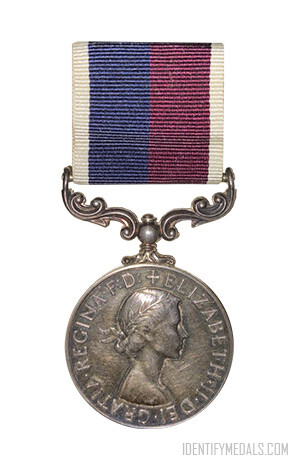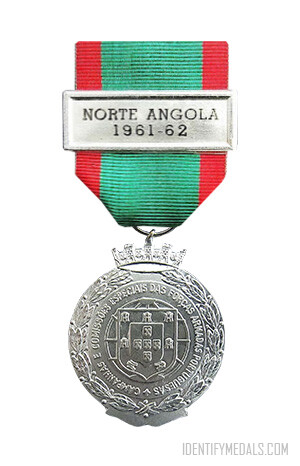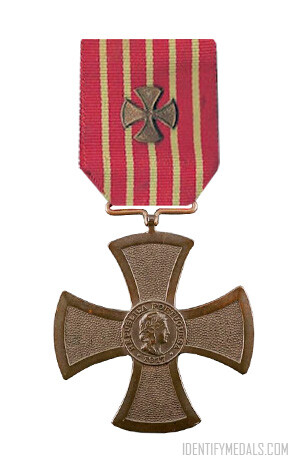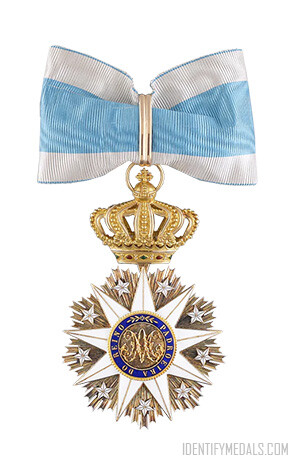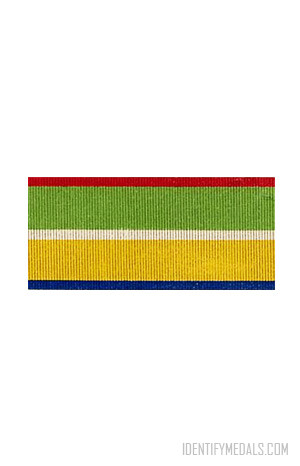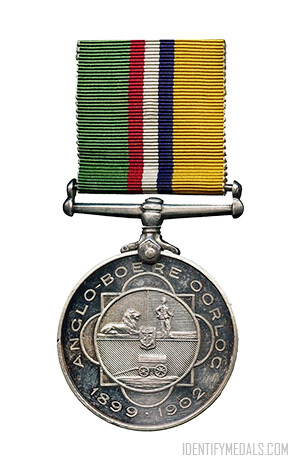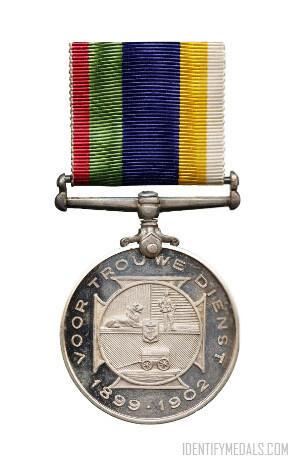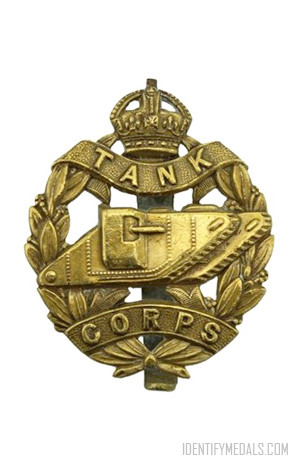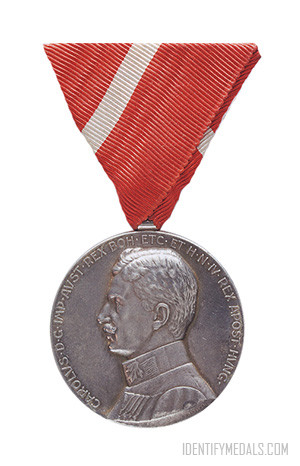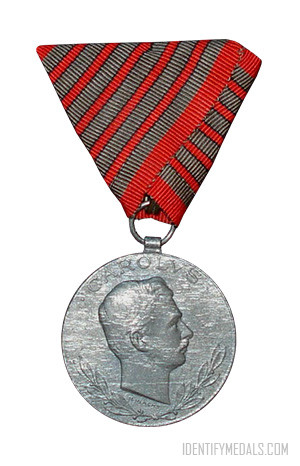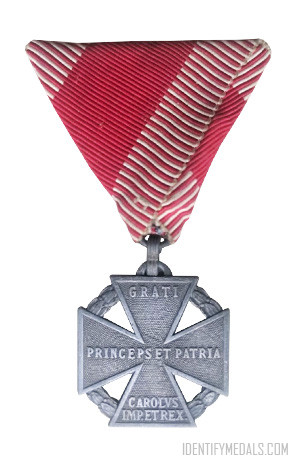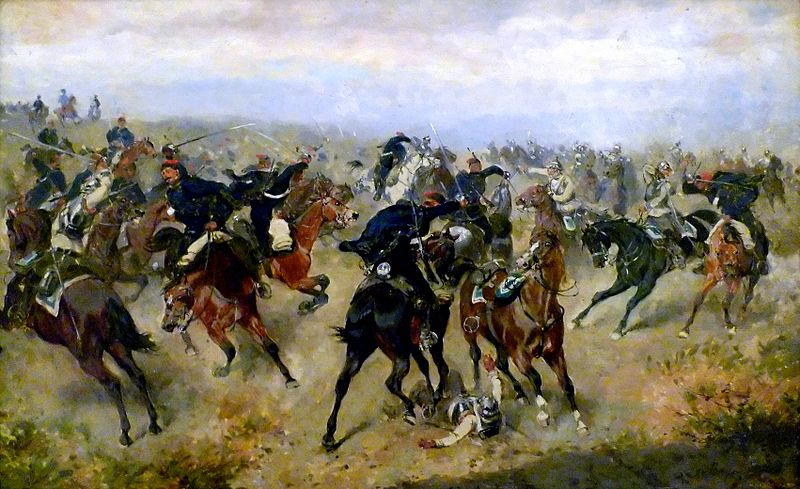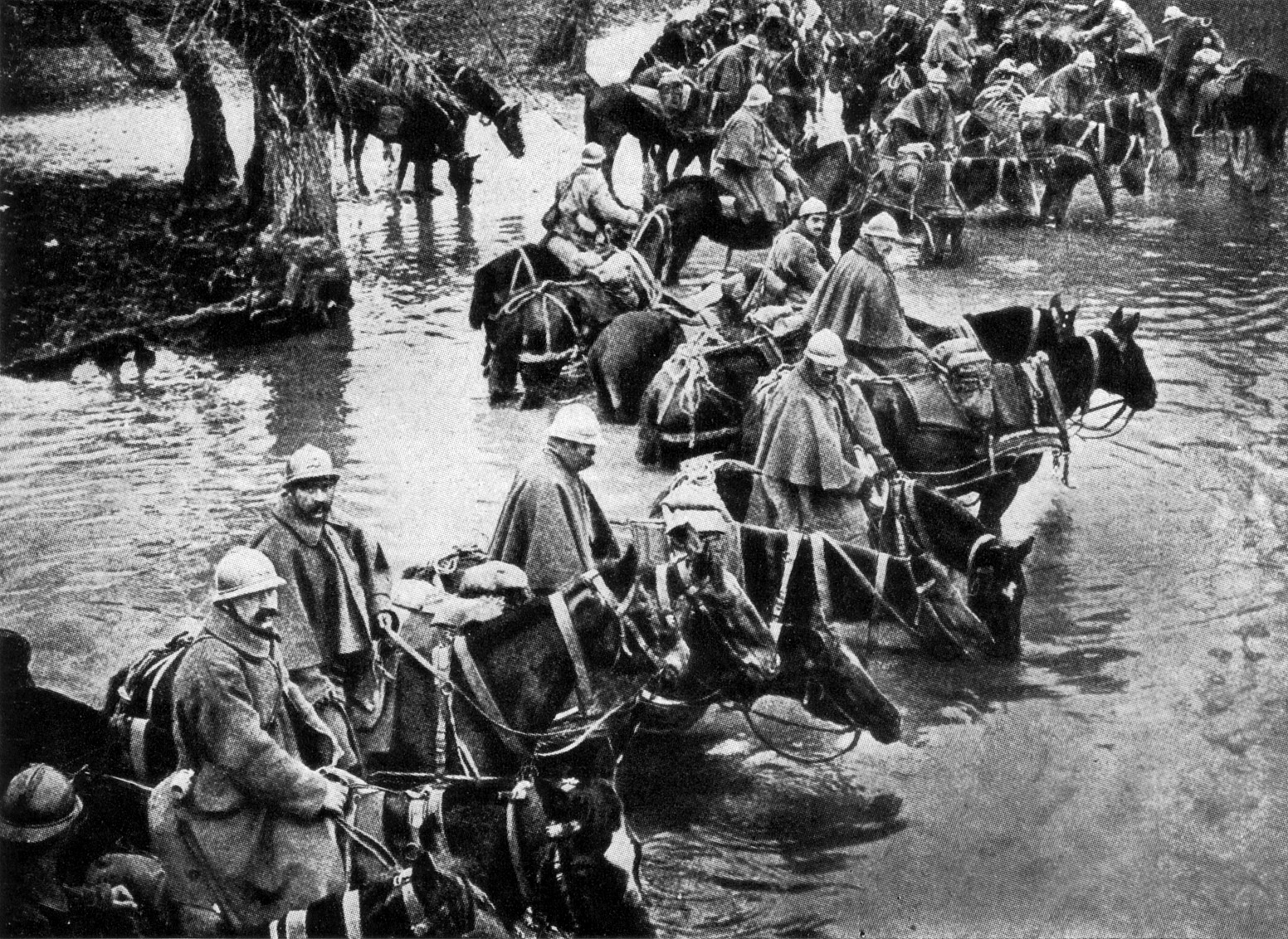The Victory Medal (or Inter-Allied Victory Medal) was awarded to anyone who had been mobilized in any of the fighting services and having served in any of the theatres of operations, or at sea, between midnight 4th/5th August 1914, and midnight, 11th/12th November 1918.
The medal was originally designed by William McMillan and adopted by Great Britain first, then Belgium, Brazil, Cuba, Czechoslovakia, France, Greece, Italy, Japan, Portugal, Romania, Siam, Union of South Africa and the USA.
Each allied nation would design a ‘Victory Medal’ for award to their own nationals. All issues had certain common features, such as the ribbon, and showed a similar design (a winged figure of Victory on the obverse). Two countries, however, had very distinct designs: Siam and Japan.
The Different Designs of the WW1 Inter-Allied Victory
In terms of collecting, the Inter-Allied Victory medals make for a great group, but a few of them (like the Brazil and Siam issues) are extremely difficult to find, and there are a lot of counterfeit ones around. Still, if you want to take a look at what’s available keep scrolling and you’ll see some auctions (you’ll need to have your adBlock disabled).
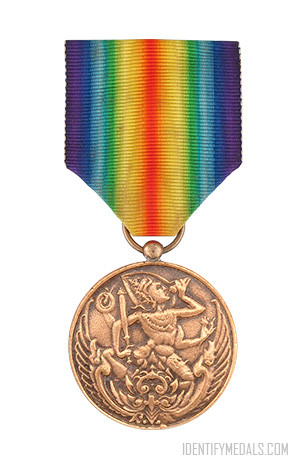
The Inter Allied Victory Medal (Siam)
The Siam (or Thailand) Victory Medal was established in 1919, soon after the country declared war on Germany and sent a expeditionary force.
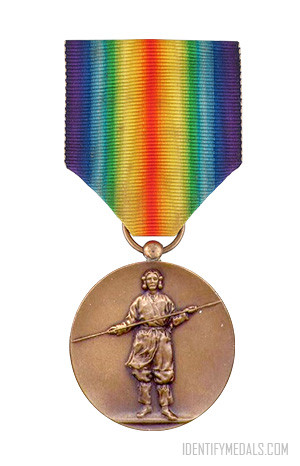
The Inter Allied Victory Medal (Japan)
The Allied Victory Medal was recommended by an inter-allied committee in March 1919. The Japanese Medal was established by Imperial Edict.
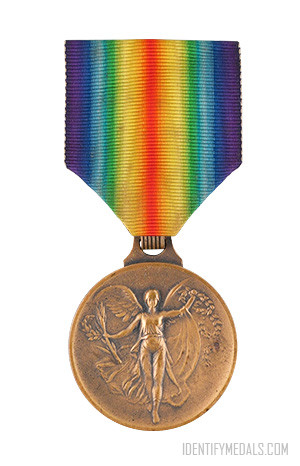
The Inter Allied Victory Medal (Greece)
The Greek Victory Medal was instituted to commemorate the Allied victory in the First World War. It was designed by Henry-Eugène Nocq.
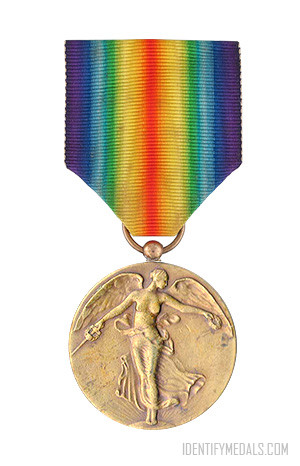
The Inter Allied Victory Medal (Belgium)
The Belgian Victory Medal was established by royal decree on 15 July 1919 and awarded to all members of the Belgian Armed Forces.
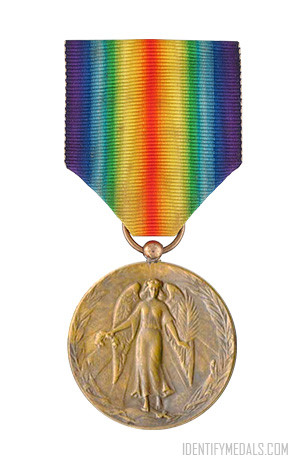
The Inter Allied Victory Medal (Brazil)
The Brazilian Victory Medal was established in January 24, 1919 and awarded to all military personnel or civilians employed in war service.
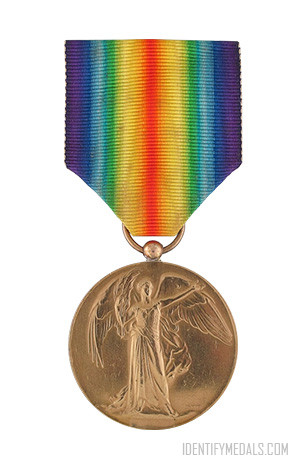
The Inter Allied Victory Medal (South Africa)
The South African Victory Medal was awarded to all those South Africans who were awarded the 1914–15 Star or the British War Medal.
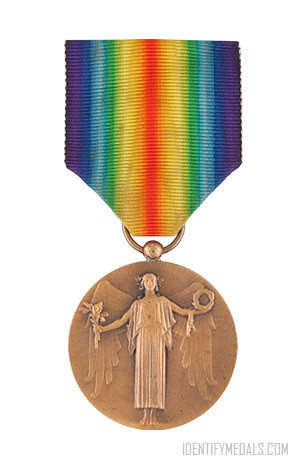
The Inter Allied Victory Medal (Portugal)
The Portuguese Victory Medal was designed by Joao da Silva. Portugal had to defend against German attacks on her colonies.
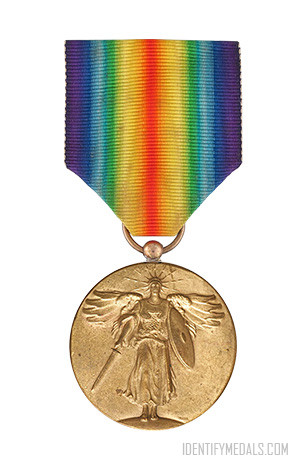
The Inter Allied Victory Medal (United States)
The American Victory Medal was designed by James Earle Fraser and awarded to military personnel for service between 1917 and 1918.
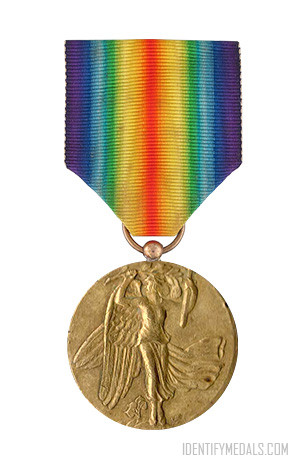
The Inter Allied Victory Medal (Czechoslovakia)
The Czechoslovakian Victory Medal was awarded to all military personnel or civilians who participated in WW1 and has an Art Deco style.
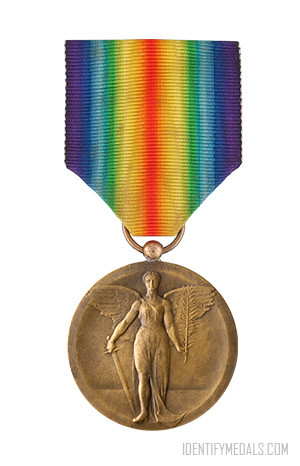
The Inter Allied Victory Medal (Romania)
The Romanian Victory Medal was awarded to those who had taken part in a battle between 28 August 1916 and 31 March 1921 or served as a medic.
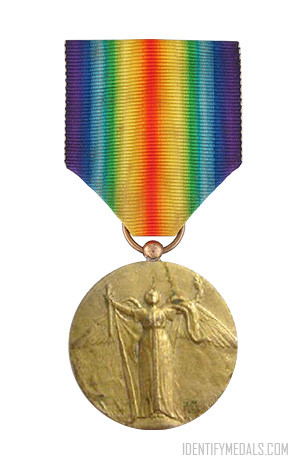
The Inter Allied Victory Medal (Cuba)
The Cuban Victory Medal was awarded to all military personnel or civilians who have been employed in war service between 1917 and 1919.
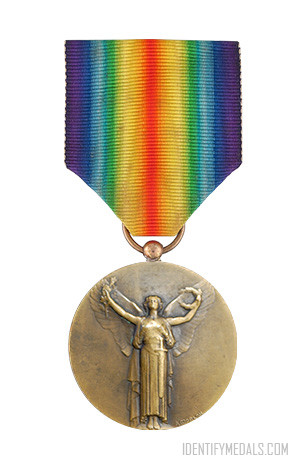
The Inter Allied Victory Medal (France)
The French Victory Medal was established on 20 July 1922 and awarded to all soldiers who served three months between 1914 and 1918.
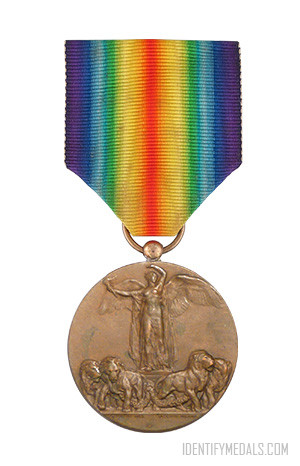
The Allied Victory Medal (Italy)
The Allied Victory Medal (Medaglia interalleata della vittoria) was the Italian variant of the Victory Medal of other nations.
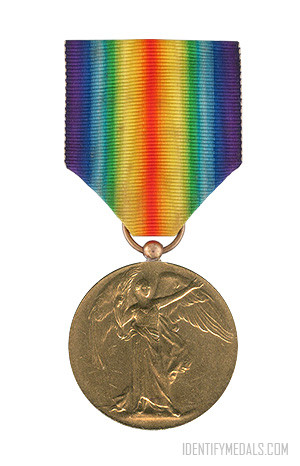
The Inter Allied Victory Medal (Great Britain)
The Victory Medal (also known as Inter-Allied Victory Medal) is a United Kingdom and British Empire First World War campaign medal.
More Medals and awards from WW1
World War I saw the introduction of numerous medals and awards to honor the bravery, service, and sacrifice of soldiers from various nations. These decorations were established by countries to recognize the diverse contributions of their military personnel during the Great War.

